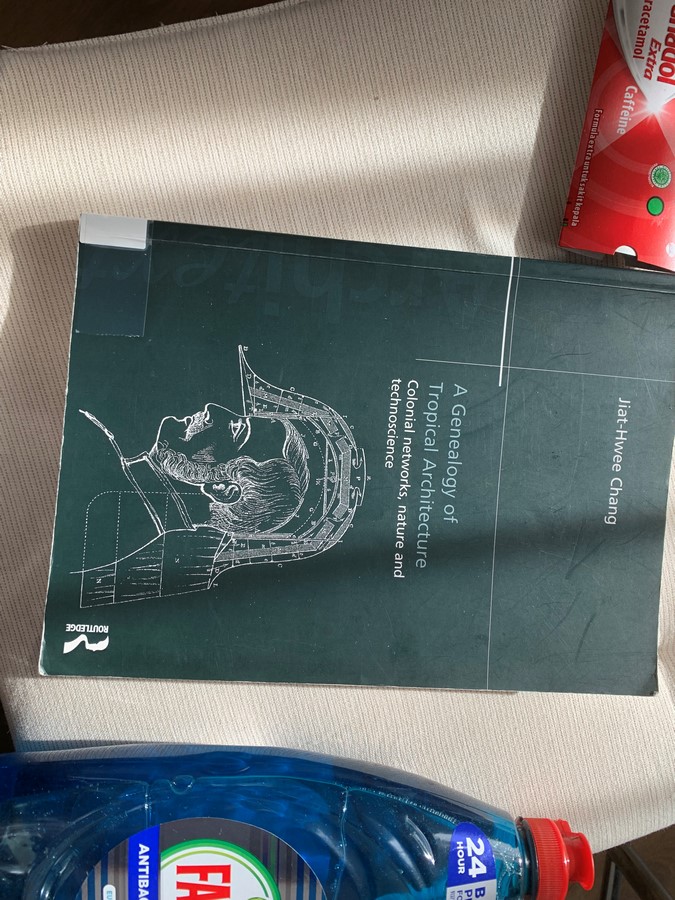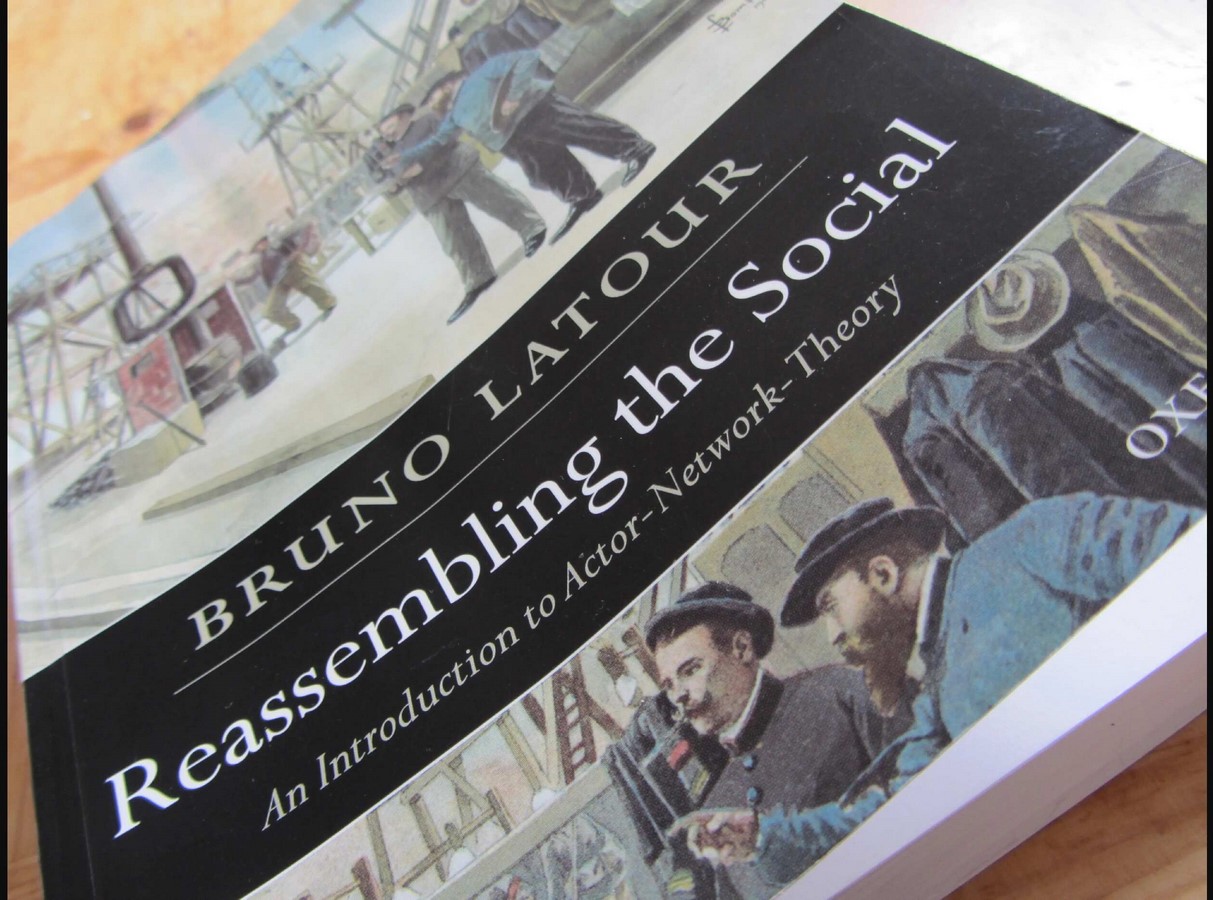(Warning: Minor spoilers regarding structure and certain themes of the book)
Jiat-Hwee Chang, an architectural historian, discusses the notion of tropicality in ‘Genealogy of Tropical Architecture: Colonial Networks, Nature and Science’.

What is this book and why is it?
There are a lot of concepts in the title alone that carry ideas and theories from other works. One idea that is quite clear is also explicitly mentioned in the book, which is the concept of ‘genealogy’ by Michel Foucault. And in that idea lies the whole point of the book, to understand the current discourse of tropicality through historicizing, or tracing back in history to understand how we got here. What that history is would be tropicality and its very condition in disregarding any architectural aesthetics that is done in terms of colonized people. It is an architecture that disguises itself as a form of Western architectural hegemony. What this book narrates is tracing back the colonial networks that it used to ensure hegemony and how it implanted knowledge systems of colonial rule through Nature and Science.
This book narrates its ‘idea-heavy’ subject matter into two chapters.
‘Idea-heavy’ is meant in the sense that a lot of the theories involved take its framework from Michel Foucault and Bruno Latour. As this is expanded upon further in a book review by Cole Roskam from the University of Hong Kong, it is safe to say that many curious readers would need to read up on some of their concepts or be tested with a lot of specialized theories.

Now these two chapters could be simplified as such, the first part is titled ‘Building Types’ and the second one ‘Research and Education’. The first part delves into building case studies part of the discourse of tropicality. The context of tropicality in this case is focused on Singapore under the occupation of the British. The second part delves into the knowledge systems and institutions that contributed to the technoscientific efforts of the British colonial empire. This means looking at this from the global network of designers, engineers, and technocrats.
Its final chapter will prove to be an enticing take on tropicality in the modern era with the establishment of neoliberal politics dominating the discourse on sustainable development and the establishment of optimism with technology to solve climate change.
How Jiat-Hwee Chang Writes
A particular chapter in the book fascinates me in the way that it navigates around organizations and the changes in policies that result from changes in management. Although the chapter will not be specified out of concerns of spoiling the content to readers, the belief in sanitizing the colonized people has led Great Britain to adopt architectural policies of its image of cleanliness in Singapore’s tropical climate. An idea that had attempted to be implemented several times but with limited success. It showcased a colonial empire that did not know the people that it was governing (not that the empire cared to).

The content of the writing is framed to assess Britain’s failed implementation of city planning in Singapore. One thing that is highly appreciated about the piece is how Jiat-Hwee Chang quotes a lot of the way language was used in the sources that he uses throughout this chapter. Whether it be a quote describing the architectural layout of the building based on the key markers named in the sketch plan, or to highlight the type of wording used on letters and documents that showcased colonial attitudes towards Singaporeans from British officials.
The use of language from the primary sources is then applied in Chang’s framework of building a narrative of colonial ambition and the several ways those policies have contributed to a Western hegemonized way of thinking.
Why this book matters
I was first introduced to this book in an architecture class exploring the contemporary perspectives of the environment. It was a class that swung back and forth in time to talk about the health effects of the Industrial Revolution on the city, current unethical methods of extracting material, and what it means to think outside our human-centric view of nature. This was a class that asked us to reconsider, “Is anything under the current system ethical?”
The book grapples with the effects of colonialism and how a Western hegemonic knowledge system evolved with each iteration. Specifically, it bridges the gap between that through exploring tropicality and the ways it has used Nature to justify city planning and building. What this book has done is give readers a way to critique the current discourse of tropical architecture. A discourse, which as of 2023, encourages ecological modernization by commodifying nature or relying on nature-integrated design that is high tech. A time when the climate crisis has really made us rethink our system’s view on nature from an ecological and decolonial frame of thought, as specific to the themes of the book.
References:
Chang, J. (2016) ‘A Genealogy of Tropical Architecture: Colonial Networks, Nature, and Technoscience’. New York and London: Routledge
Roskam, C. (2017) ‘Book Reviews: A Genealogy of Tropical Architecture: Colonial Networks, Nature, and Technoscience.’ Traditional Dwellings and Settlements Review, 29(1) p. 87-88.
Image References:
Braiterman, Z. (2012) ‘“Religion & Society” (Bruno Latour, Reassembling the Social: An Introduction to Actor-Network Theory)’ jewish philosophy place. [Online image] [Accessed on 24th of October 2023] https://i0.wp.com/jewishphilosophyplace.com/wp-content/uploads/2012/05/0041.jpg
Poetiray, B. (2023)














